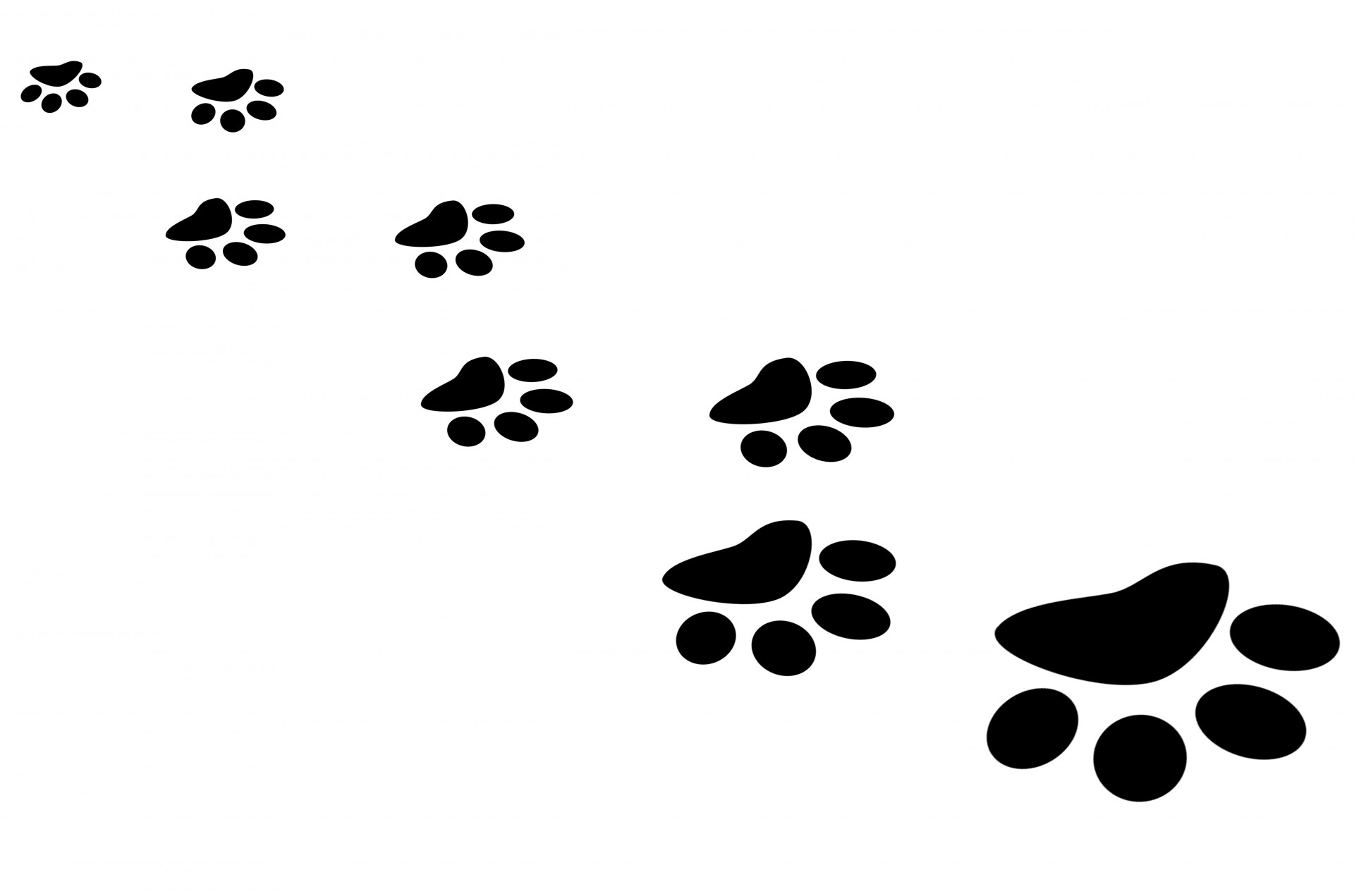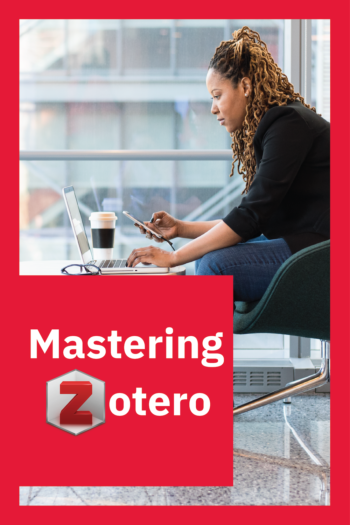
To give credit to authors and acknowledge their ideas (whether you quote them or not).
To avoid plagiarism.
To allow others to track ![]() the sources you consulted, so scholars can have conversations about your topic.
the sources you consulted, so scholars can have conversations about your topic.
"Paw Print Cat Free Photo" by George Hodan is licensed under CC0 Public Domain
 Watch the 2 minutes video Citation: A (Very) Brief Introduction, created by NCSU Libraries. This video is licensed under a Creative Commons 3.0 BY-NC-SA US license.
Watch the 2 minutes video Citation: A (Very) Brief Introduction, created by NCSU Libraries. This video is licensed under a Creative Commons 3.0 BY-NC-SA US license.
A citation or reference is the information given in a bibliography or a database about a particular title, which often includes:
There are many ways to format citations. The style you choose depends on your field and the requirements set by your Instructor.
Template
Author, A. A., & Author, B. B. (Year of Publication). Title of article: no capital after colon. Title of Journal, Volume(Issue), Page Range. URL or DOI
Print Article
Ellery, K. (2008). Undergraduate plagiarism: a pedagogical perspective. Assessment & Evaluation in Higher Education, 33(5), 507-516.
Online Article
Herbst-Damm, K. L., & Kulik, J. A. (2005). Volunteer support, marital status, and the survival times of terminally ill patients. Health Psychology, 24, 225-229. doi: 10.1037/0278-6133.24.225
Adapted from UWM Libraries
You can often find all the information you need for a journal article citation on the first page of that article.
**click on image to enlarge it**
Adapted from UWM Libraries
This slide presentation was presented as part of EKU's Teaching and Learning Innovation (TLI) Series. It presents info on the most notable changes in the APA's new 7th edtion of its publication manual.
Instructions from the APA blog.
Example:
| Reference List |
Williams, J., & Nieuwsma, J. (2020). Screening for depression in adults. UpToDate. Retrieved August 30, 2021, from https://www.uptodate.com/contents/screening-for-depression-in-adults |
| In-text | (Williams & Nieuwsma, 2016) |
Components of the reference:
A Generic template:
Author, A., & Author, B. (2020). Title of article. UpToDate. Retrieved
Month numeric day, numeric year, from https://www.uptodate.com/contents/title-of-article
Style the reference as follows (examples from Auburn University):
In text: (Sommers & Fannin, 2015)
More from APA on citing mobile apps.
Many library databases have built-in citations tools that auto-create a citation. The major citation styles are available choices in the databases citation tools.
These citations tools should only be considered a starting point, as they may contain formatting errors - always review auto-created citations to ensure they are correct.
|
Organize and save citations/articles. |
Create in-text citations. |
|
Share citations/articles with colleagues. |
Generate Reference Lists in a wide range of styles. |
with thanks to MCPHS University
 Mastering Zotero: Turn your citation management tool into a complete research assistant
Mastering Zotero: Turn your citation management tool into a complete research assistant
DOI stands for digital object identifier and it is a unique alphanumeric string that is used to identify a certain source (typically journal articles). Not all journal articles or books have DOIs but per APA style if there is a DOI you must use it in the citation.
APA 7th edition standardizes DOI formatting to begin with https://doi.org/
Most databases provide DOI information, for articles that have them, in the articles' descriptions record. DOI are sometimes placed above or at the top or bottom of an article's first page.

|
Plagiarism
|
Both Mendeley and Zotero have group sharing options. Adapted from University of Florida Library
Adapted from University of Florida Library

Mendeley is both a reference manager and an academic social network. A free account will provide you with 2GB of online storage; additional storage may be purchased for your account. All you ever wanted to know about Mendeley can be found with their helpful online guides or by watching the Mendeley training videos

ZoteroBib quickly generates a citation and then converts it to APA, MLA, etc.
Zotero is a flexible reference manager. All the information for learning Zotero is provided through their online documentation or their screencast tutorials.
A free tutorial about APA 7th edition from the American Psychological Association.